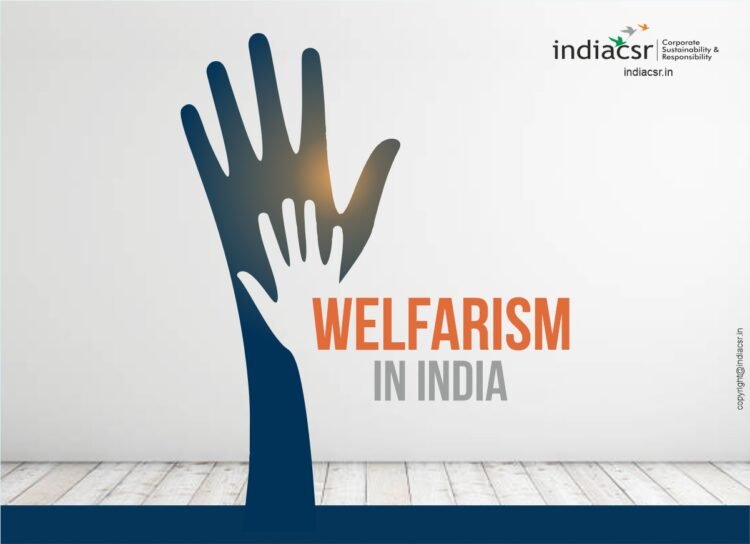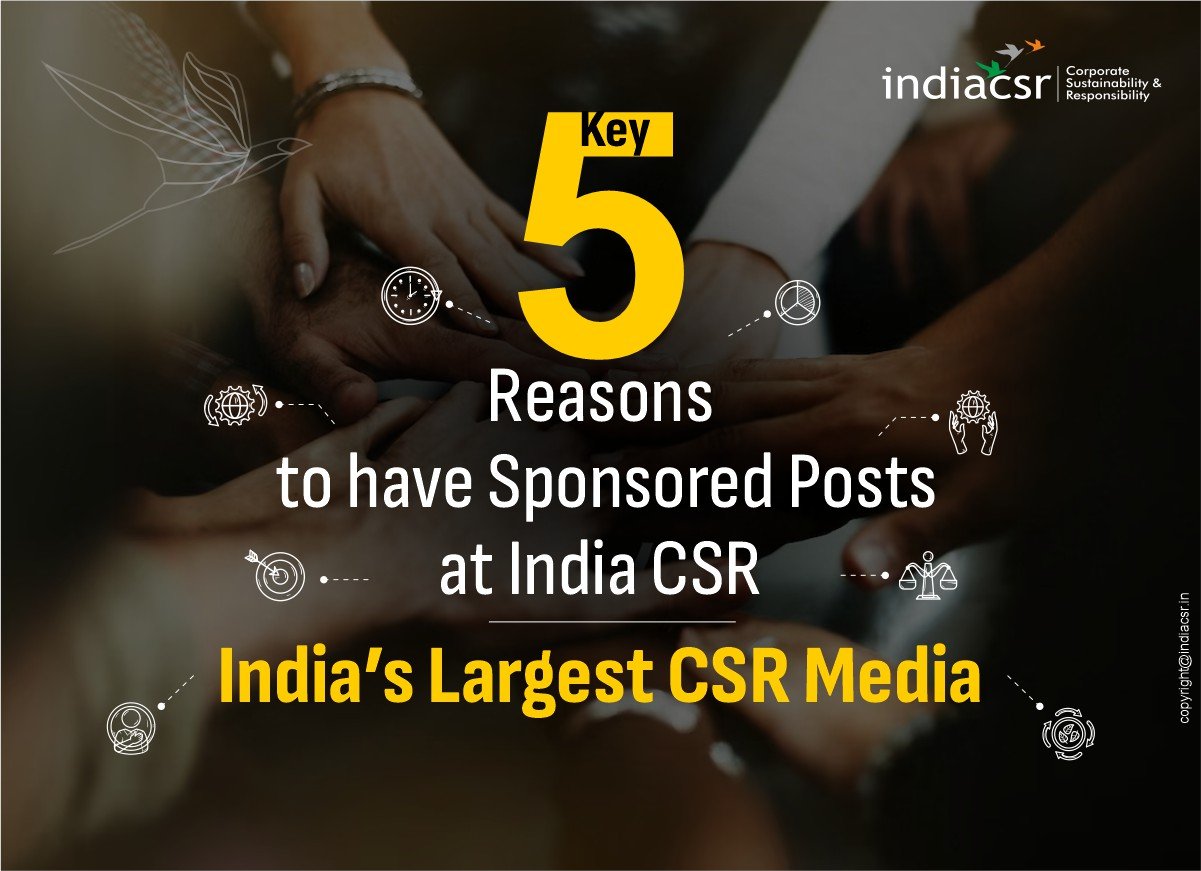Welfarism in India is a complex concept encompassing a broad range of policies and programs aimed at promoting the well-being of its citizens.
New Welfarism has been a significant factor in increasing political support for the ruling parties in India.
The concept of New Welfarism in India, characterized by the direct provision of essential private goods and efficient delivery mechanisms, represents a significant shift in the country’s welfare landscape. This approach, spearheaded by Prime Minister Narendra Modi, focuses on tangible benefits that improve the quality of life for citizens today rather than in the distant future. The use of digital infrastructure like Aadhaar has enhanced the efficiency and transparency of these welfare programs, making them a cornerstone of Modi’s political and economic strategy.
Key Takeaways
- New Welfarism in India focuses on providing essential private goods directly to beneficiaries, emphasizing immediate improvements in quality of life.
- The use of digital technologies, such as Aadhaar, has significantly reduced corruption and improved the efficiency of welfare delivery.
- The political popularity of New Welfarism has been bolstered by its clear and tangible benefits, which are heavily marketed by the government.
- Economists express concerns that while New Welfarism addresses immediate needs, it may neglect the long-term building of public systems essential for sustainable growth.
- Future challenges include maintaining the scalability and sustainability of these programs, integrating them with global welfare practices, and addressing the potential neglect of public goods provisioning.
Welfarism: A complex concept
The term “Welfarism” in India is a bit tricky. It’s not a specific, well-defined ideology like “socialism” or “liberalism.” Instead, it’s more of a concept describing a broad approach to governance focused on promoting the well-being of its citizens, particularly those in vulnerable sections of society.
Here’s a breakdown of Welfarism in India:
Key Characteristics
- Social Welfare Programs: This is the core element of Welfarism. It involves the government providing various services and benefits to improve the lives of citizens, especially the underprivileged.
- Government Intervention: Welfarism believes in a significant role for the government in regulating the economy and providing social safety nets.
- Equality and Social Justice: It emphasizes reducing inequality and promoting equal opportunities for all, aiming to create a more just society.
- Focus on Vulnerable Groups: Welfarist policies often target specific groups considered vulnerable, such as the poor, women, children, minorities, and the disabled.
Historical Context
- Post-Independence Era: India’s early years saw the adoption of socialist policies, which laid the foundation for a welfarist approach.
- Planning Commission: The Planning Commission, established in 1950, played a crucial role in implementing welfare programs and directing development strategies.
- Five-Year Plans: These plans focused on poverty reduction, education, healthcare, and rural development, reflecting the welfarist approach.
Modern Context
- Evolution of Policies: While Welfarism remains a key principle in India, the approach has evolved over time. There’s been a shift towards more targeted and efficient programs.
- Social Security Schemes: The government has implemented various social security schemes, including pensions, insurance, and healthcare programs, aimed at providing a safety net for vulnerable populations.
- Challenges and Criticisms: Welfarism has faced criticism regarding program efficiency, corruption, and sustainability. There are also debates on whether certain programs are truly effective in achieving their goals.
Overview of New Welfarism in India
- While India might not explicitly use the term “New Welfarism,” the country’s approach to social welfare is evolving in a way that aligns with its core principles.
- The focus is shifting towards more efficient, targeted, and technology-driven programs that aim to empower individuals and foster long-term development.
Definition and Key Features
New Welfarism in India, termed by economist Arvind Subramanian, focuses on funding essential private items like toilets instead of expanding public goods such as primary education and healthcare. This approach is distinct from traditional welfare models found in Europe or the US, emphasizing attributable tangibles—tangible benefits delivered efficiently using India’s digital infrastructure.
Impact on Quality of Life
The implementation of New Welfarism has significantly improved the quality of life for many Indians. By fulfilling basic needs and ensuring efficient cash delivery, the strategy has not only met immediate needs but also contributed to an increase in Modi’s popularity, as the government’s marketing clearly identifies the benefactor.
Comparison with Traditional Welfare Models
Unlike traditional welfare models that often focus on long-term societal investments like education and healthcare, New Welfarism prioritizes immediate, tangible benefits. This approach has been effective in addressing immediate needs but raises concerns about the long-term sustainability and growth, as it may come at the cost of building systems that are crucial for long-term productivity.
Welfarism in India reflects the country’s commitment to social justice and its historical emphasis on government intervention in the economy and social life. However, the approach is constantly evolving and faces ongoing challenges in terms of implementation and effectiveness.
Investing in Education and Healthcare
Recognizing that human capital is key to long-term development, India is prioritizing investments in education and healthcare to improve human development indicators.
- Sarva Shiksha Abhiyan: Aims to achieve universalization of elementary education.
- Ayushman Bharat: Offers health insurance coverage to vulnerable populations, aiming to improve access to healthcare.
Leveraging Technology and Innovation
- Digital Platforms for Service Delivery: India is using technology to streamline delivery of welfare services and improve access for remote populations.
- UMANG App: Provides a single platform for citizens to access various government services, including welfare schemes.
- Common Service Centers (CSCs): These centers provide digital access and services in rural areas, bridging the digital divide.
Challenges and Considerations
- Data Privacy and Security: The use of technology in welfare programs raises concerns about data privacy and security, requiring robust safeguards to protect sensitive information.
- Digital Literacy and Inclusion: Not everyone has equal access to technology or the necessary digital literacy. Bridging the digital divide is crucial to ensure equitable access to services.
- Adequacy and Coverage: While targeting can improve efficiency, it’s vital to ensure programs are adequately funded and cover a sufficient portion of the population in need.
*****
Technological Innovations in Welfare Delivery
Role of Aadhaar and Digital Infrastructure
Over the last decade, welfare programs in India have seen significant enhancements through the integration of digital infrastructure, particularly the Aadhaar-based biometric authentication system. This system ensures that benefits reach the intended recipients by verifying users’ identities, thus reducing potential fraud and ensuring efficient delivery.
Efficiency and Reduction of Corruption
The introduction of technologies such as the JAM trinity—Jan Dhan Yojana bank accounts, Aadhaar, and mobile phone–enabled features—has transformed the landscape of welfare delivery. These technologies not only streamline processes but also significantly cut down on corruption by minimizing human intervention and discretion in the distribution of benefits.
Future Prospects and Challenges
While the technological overhaul of India’s welfare system promises enhanced efficiency and transparency, it also poses challenges. The reliance on digital platforms raises concerns about data security and privacy. Moreover, the digital divide in rural areas could hinder the accessibility of these services, potentially leaving the most vulnerable behind. Future strategies will need to address these issues to ensure that the benefits of technology-driven welfare are universally accessible.

Political Implications of New Welfarism
Influence on Voter Behavior
New Welfarism has significantly influenced voter behavior by providing tangible benefits that are directly attributable to the government’s initiatives. This direct link between welfare benefits and the government’s actions has been a crucial factor in shaping voter perceptions and decisions.
Role in Elections
The role of New Welfarism in elections is profound, with welfare programs becoming key elements in campaign strategies. The government’s ability to highlight its role as the benefactor has been instrumental in securing voter support, particularly through targeted marketing strategies.
Marketing Strategies of the Government
The government has utilized sophisticated marketing strategies to promote its welfare initiatives, ensuring that the benefits and their sources are clearly communicated to the electorate. This approach has not only enhanced the visibility of the government’s efforts but also played a significant role in electoral politics, making welfare a central theme in political campaigns.
Economic Perspectives on New Welfarism
New Welfarism represents a significant shift in thinking about welfare policy, driven by economic considerations, behavioral insights, and technological advancements.
The term “New Welfarism” in an economic context often refers to a shift in thinking about welfare programs, moving away from the traditional model of universal programs towards more targeted and conditional approaches. This shift is driven by several economic considerations:
Fiscal Sustainability
- Rising Costs: Traditional welfare programs, often universal in nature, can become increasingly expensive as populations age and social needs grow. This can strain government budgets and lead to unsustainable debt levels.
- Focus on Efficiency: New Welfarism emphasizes cost-effectiveness. It aims to allocate resources more efficiently by targeting programs towards those who need them most, rather than providing universal benefits.
Incentives and Work Disincentives
- Moral Hazard: Traditional welfare programs have been criticized for creating disincentives for work, as people may choose to receive benefits instead of seeking employment.
- Conditional Programs: New Welfarism focuses on conditional programs that encourage work and participation in the workforce. These programs may involve requirements like job search efforts or education training in exchange for benefits.
Behavioral Economics
- Nudging and Incentives: New Welfarism incorporates insights from behavioral economics, using nudges and incentives to encourage desired behaviors. For example, using financial incentives to promote healthy lifestyles or saving for retirement.
- Personalized Approaches: Programs are designed to be more responsive to individual needs and circumstances, taking into account individual preferences and behavioral biases.
Market-Based Solutions
- Public-Private Partnerships: New Welfarism often involves public-private partnerships, where government agencies collaborate with private organizations to deliver services and programs more effectively.
- Social Enterprises: The emergence of social enterprises, which combine social missions with market-based approaches, is seen as a way to innovate and deliver welfare services more efficiently.
Digital Transformation
- Data-Driven Policy: New Welfarism leverages big data and digital technologies to personalize program delivery, monitor outcomes, and identify inefficiencies.
- Automation and Efficiency: Automation and digital platforms can streamline administrative processes and improve service delivery for welfare programs.
Challenges and Criticisms
- Equity and Fairness: Critics argue that targeted programs could exacerbate existing inequalities and disadvantage those who are already marginalized.
- Complex Administration: Designing and implementing targeted programs can be complex and require significant administrative capacity.
- Potential for Abuse: There is a risk that conditional programs could be abused or used to exploit vulnerable populations.
While it offers the potential for greater efficiency and effectiveness, it is important to carefully consider its potential downsides and ensure that it promotes equity and fairness for all.
Views of Economists
Economists have diverse opinions on New Welfarism, with some praising its ability to provide essential private items like toilets, which contrasts sharply with traditional models that focus on public goods. This approach reflects a significant shift in welfare philosophy, emphasizing outcome over process.
Cost vs. Benefit Analysis
The cost-benefit analysis of New Welfarism reveals a complex picture. While it ensures a minimal level of purchasing power by channeling funds directly to beneficiaries, it also poses challenges in terms of resource allocation and long-term sustainability.
Long-term Productivity Concerns
Concerns about the long-term productivity effects of New Welfarism are growing. Critics argue that while immediate benefits are visible, the focus on short-term gains might undermine the development of essential public infrastructure like education and healthcare, which are crucial for sustained economic growth.
*****
Social Impact and Public Opinion
Beneficiaries’ Perspectives
The perception of welfare programs by beneficiaries significantly influences public opinion and the overall success of these initiatives. Beneficiaries’ satisfaction is crucial for the sustainability of welfare programs. Positive feedback from beneficiaries often leads to higher government ratings and increased support.
Media Influence
Media plays a pivotal role in shaping public opinion about welfare programs. The portrayal of these programs can either enhance or diminish their acceptance among the general public. It is essential for the media to provide balanced and factual reporting to foster an informed public discourse.
Public Goods vs. Private Goods Provisioning
The debate between public and private goods provisioning underlines the complexity of welfare programs. While public goods like roads and parks are universally beneficial, private goods such as subsidized healthcare or education target specific groups. This distinction is vital in understanding the social impact of welfare policies.
*****
Case Studies and Real-world Applications
Rural Road Construction Programs
In rural India, the construction of roads has significantly improved connectivity and economic activities. The impact on local economies is profound, with increased access to markets and services. This initiative is a prime example of how infrastructure development can transform communities.
Direct Benefit Transfers
Direct Benefit Transfers (DBT) have revolutionized welfare delivery by ensuring that subsidies reach the intended beneficiaries directly and efficiently. This system minimizes leakage and corruption, making it a cornerstone of modern welfare systems in India.
High-Tech Welfare Safety-Net
The integration of technology in welfare programs has led to the creation of a high-tech safety net for the vulnerable populations. This includes the use of biometric identification and mobile banking to streamline processes and reduce administrative burdens. The future of welfare in India looks promising with these technological advancements.
*****
Future Directions and Policy Recommendations
Potential Reforms
To ensure the sustainability and effectiveness of welfare programs, bold reforms are necessary. These might include streamlining processes, enhancing transparency, and integrating advanced technologies. A focus on improving the delivery mechanisms to reduce delays and errors can significantly boost the efficiency of these programs.
Integration with Global Welfare Practices
India could benefit greatly by adopting best practices from global welfare systems. This integration can lead to improved program designs and better outcomes for beneficiaries. Collaborative efforts and knowledge sharing with international welfare bodies could be instrumental in this regard.
Sustainability and Scalability Issues
Addressing sustainability and scalability is crucial for the long-term success of welfare initiatives. This involves not only securing funding but also ensuring that programs are adaptable to changing social and economic conditions. Developing a robust framework that supports expansion and flexibility will be key to future welfare policies.
*****
Conclusion
In conclusion, the shift towards New Welfarism under Prime Minister Narendra Modi’s leadership (Till May 2024) marks a significant evolution in India’s approach to welfare. By focusing on the direct provision of essential private goods like toilets and cooking cylinders, the government has managed to enhance the immediate quality of life for millions, leveraging India’s robust digital infrastructure for efficient delivery.
However, this approach also raises concerns about the long-term sustainability and the potential neglect of critical public goods such as education and healthcare. As India moves forward, it will be crucial to balance immediate benefits with long-term developmental needs to ensure holistic progress for all citizens.
*****
Frequently Asked Questions
What is New Welfarism in India?
New Welfarism in India, as defined by economist Arvind Subramanian, refers to the government’s focus on funding essential private items like toilets, rather than expanding public goods such as primary education and healthcare. This approach emphasizes direct, tangible benefits to the populace, leveraging India’s digital infrastructure for efficient delivery.
How does New Welfarism impact the quality of life in India?
New Welfarism has significantly improved the quality of life for many Indians by providing essential goods and services that fulfill basic needs. The efficient delivery of these goods, such as toilets and cooking cylinders, has been made possible through digital platforms like Aadhaar, enhancing the standard of living for many.
How does New Welfarism differ from traditional welfare models?
Unlike traditional welfare models in Europe or the US, which often expand public services, India’s New Welfarism focuses on funding essential items that are typically privately provisioned. This model is more about providing immediate, tangible benefits rather than building long-term public infrastructure.
What are the political implications of New Welfarism?
New Welfarism has been a significant factor in increasing political support for the ruling parties in India. By clearly marketing the source of welfare benefits and ensuring their efficient delivery, the government has been able to sway voter behavior and gain political leverage.
What are the economic concerns associated with New Welfarism?
Economic concerns regarding New Welfarism include the potential neglect of long-term productivity and growth due to the focus on immediate tangible benefits. Critics argue that while the model provides short-term relief, it may not contribute sufficiently to institution building and long-term economic stability.
What future directions might New Welfarism take in India?
Future directions for New Welfarism in India may involve integrating more comprehensive welfare practices that balance immediate benefits with long-term economic and social infrastructure development. This could include greater emphasis on sustainability and scalability, potentially aligning more closely with global welfare practices.
(India CSR)























